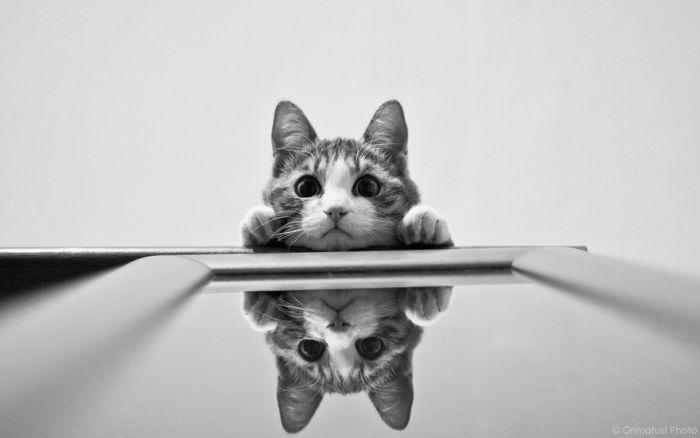The technology of load balancing between several servers with relatively low capacity has been a standard feature of Caché for quite a while. It is based on the distributed cache technology called ECP (Enterprise Cache Protocol). ECP provides a host of possibilities for horizontal scaling of an application, and yet keeping the project budget fairly low. Another apparent advantage of ECP network is the possibility to conceal its architecture in the depths of Caché configuration so that applications developed for the traditional (vertical) architecture can be fairly easily migrated to a horizontal ECP environment. The ease of this process is so mesmerizing, that you start wishing it was always this way. For instance, everybody is used to having a possibility to control Caché processes: the $Job system variable and associated classes/functions work magic in skilful hands. Stop, but now processes can end up being on different Caché servers…
This article is about how to gain as much transparency in controlling processes in ECP environment as in traditional (non ECP) one.




